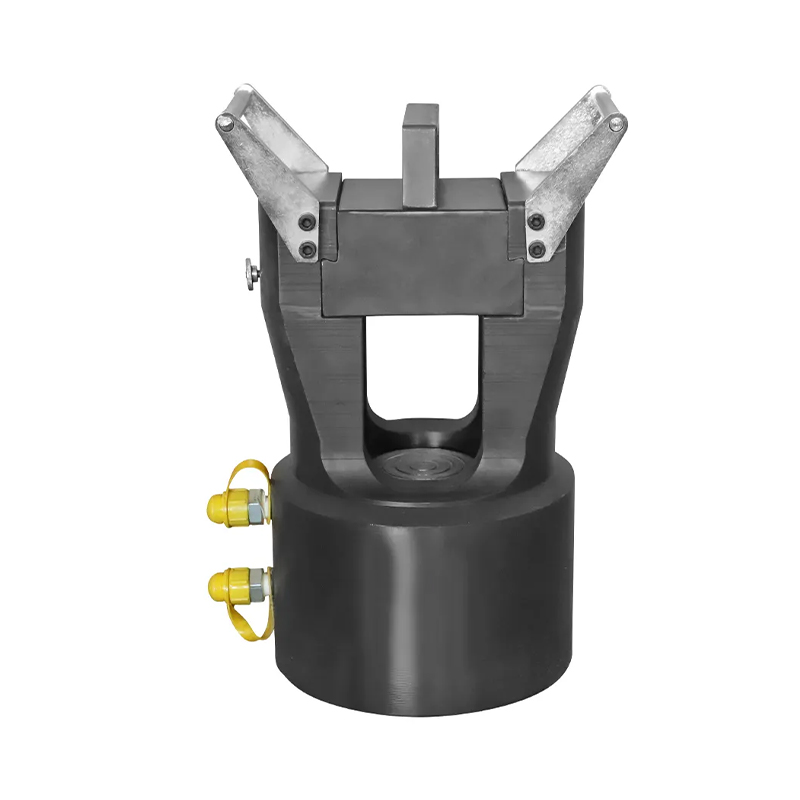


Electric cable crimping pliers are essential tools for anyone working with electrical wiring and cable connections. These specialized pliers are designed to attach connectors to electric cables securely by compressing or “crimping” the connector onto the wire. There are several types of electric cable crimping pliers, each suited for specific tasks and cable types. Understanding the different types and their uses can help electricians and technicians select the right tool for their needs.
One common type of electric cable crimping pliers is the manual crimping pliers. These are hand-operated tools that apply pressure to the connector when squeezed. Manual electric cable crimping pliers are typically lightweight and portable, making them convenient for various jobs, especially smaller or less frequent tasks. They often come with interchangeable dies to accommodate different connector sizes and types, which adds versatility.
Another important type is the ratcheting electric cable crimping pliers. These pliers include a ratchet mechanism that ensures a consistent and controlled crimp. This type is popular in professional settings where quality and consistency are important.
Hydraulic electric cable crimping pliers are designed for heavy-duty applications. They use hydraulic pressure to apply a strong and even crimp, making them suitable for larger cables and connectors. These pliers can handle cables with thicker insulation or higher current ratings that manual or ratcheting pliers might struggle with. While hydraulic models tend to be bulkier and more expensive, they offer the force needed for industrial or commercial electrical work.

Some electric cable crimping pliers are specifically designed for coaxial cables or network cables. These pliers may have specialized jaws or dies to handle the unique connector types used in telecommunications or data networking. Using the appropriate electric cable crimping pliers for these cables helps ensure signal integrity and prevents damage to delicate wires.
In addition to different types based on operation and cable size, electric cable crimping pliers vary in terms of the connector types they support. Some pliers are designed for insulated terminals, while others work with non-insulated terminals. Selecting the right pliers depends on the connector and cable type involved in the project.
Safety is also a consideration when choosing electric cable crimping pliers. Many modern pliers feature ergonomic handles to reduce hand strain during repetitive tasks. Some models include insulated grips to protect users from electrical shock. Choosing tools with proper safety features can contribute to a safer working environment.
The maintenance of electric cable crimping pliers is important to ensure longevity and performance. Regular cleaning and lubrication of moving parts, as well as checking for wear on dies or jaws, helps maintain effective crimping. Using worn or damaged pliers can result in poor connections and potential electrical issues.
Electric cable crimping pliers come in various types tailored for different applications. Manual pliers offer convenience for simple tasks, ratcheting models provide consistent crimps for professional use, and hydraulic pliers deliver the power needed for larger cables. Additionally, specialized pliers exist for specific cable and connector types. Choosing the appropriate electric cable crimping pliers enhances efficiency, connection quality, and safety in electrical work.
For anyone involved in electrical installations or repairs, understanding the different types of electric cable crimping pliers and their uses is valuable. With the right tool, tasks become easier and results more reliable, ensuring secure and lasting cable connections.
Product
Plumbing Tool Crimping Tool Cable Cutter Holemaking Pump Cutting,Bending,Punching Tool Cylinder Cable Stripper Pipe Bender Angle Iron Processing Machine Other Tools

Keep In Touch
